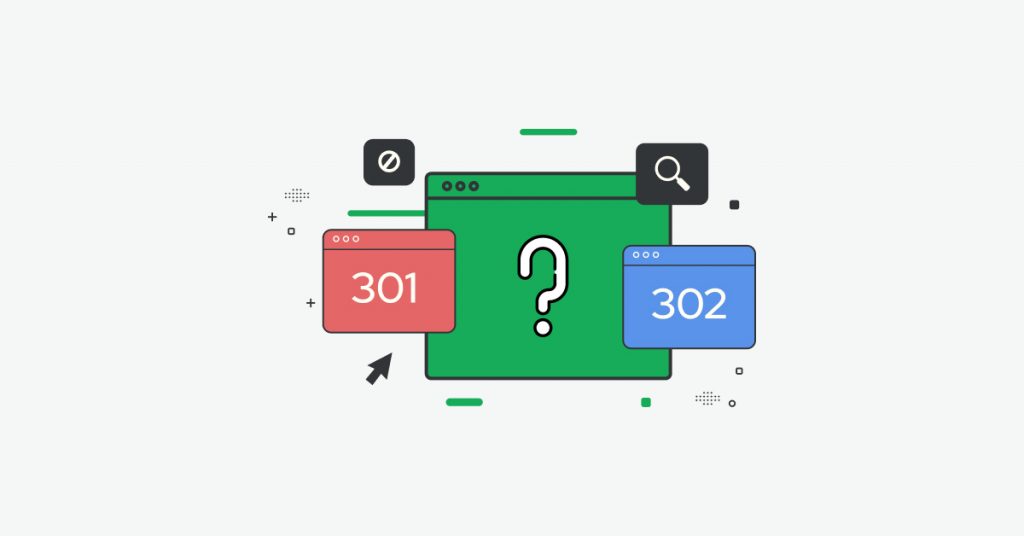Since 301 and 302 redirects are so similar in their function, it is not uncommon to get confused between the two.
However, this guide will help you navigate these two options and choose the right one for your website. So let’s get right at it.
Http 301 redirects:
In case of The replacement of all the content from a page/browser to another page/browser for an indefinite time, then HTTP 301 redirect is used. Here, the URL’s primary authority is shifted to the new redirected page.
Commonly used in the primary cases is the HTTP 301 redirect.
Http 302 temporary redirects:
You use HTTP 302 redirect when all the content from a page/browser has been re-positioned for a short time, but re-placement is temporary This means that the original URL is saved in the index in the case of content being shifted back again, giving the foremost page authority over its URL.
Although a 302 redirect has been used for an extended time, search engines may start treating it as a 301, always redirecting the users to the repositioned content instead of the original home page.
When to use a 301 and 302 redirect?
Use a 301 redirect in cases of:
- Change of location of the page
- Changing in the domain name
- Deletion/ permanent removal of the page
- Moving from non-www to www URL’s
A 302 redirect is used in cases of:
- When conducting A/B tests
- When you require redirection of a page for promotional campaigns, then a 301 redirect is used.
Why should HTTP 301 or 302 redirects be used?
The use of 301 and 302 redirects is engaged to minimize the effects on the SEO performance that a particular URL might be getting.
For example, if, after moving the content, the visitor opens a particular URL without using a 301 or 302 redirect, they would have difficulty understanding what happened to the scope or where it has been moved to, resulting in overtime fall rankings.
Thus whenever you move content, use a 301 and 302 redirect.
How to prevent browser cache?
Once a 301 redirect has been placed for a long time, continuously redirecting its users to the newly moved content, even after removing the 301 turns, the search engine will still take the user to the new location instead of the old ones.
The reason for this being that the user’s browser caches the 301 redirects. To fix this, the user needs to clear the browser cache.
Key Takeaway: which HTTP redirect code is better for you?
The reason for the redirect should dictate whether to use a definitive HTTP 301 redirect or a temporary HTTP 302 redirect.
If the domain owner wants to change his domain, remove/delete his content/page, or start affront with a new browser, he/she should use HTTP 301 redirect.
But if the owner wants to briefly shift his content elsewhere, temporarily showcase his page on another page, or merge with another, he/she should use HTTP 302 redirect.

CMO & Co-founder
Helping entrepreneurs automate and scale via growth hacking strategies.
Follow me on Twitter for life behind the scenes and my best learnings in the world of SaaS.
